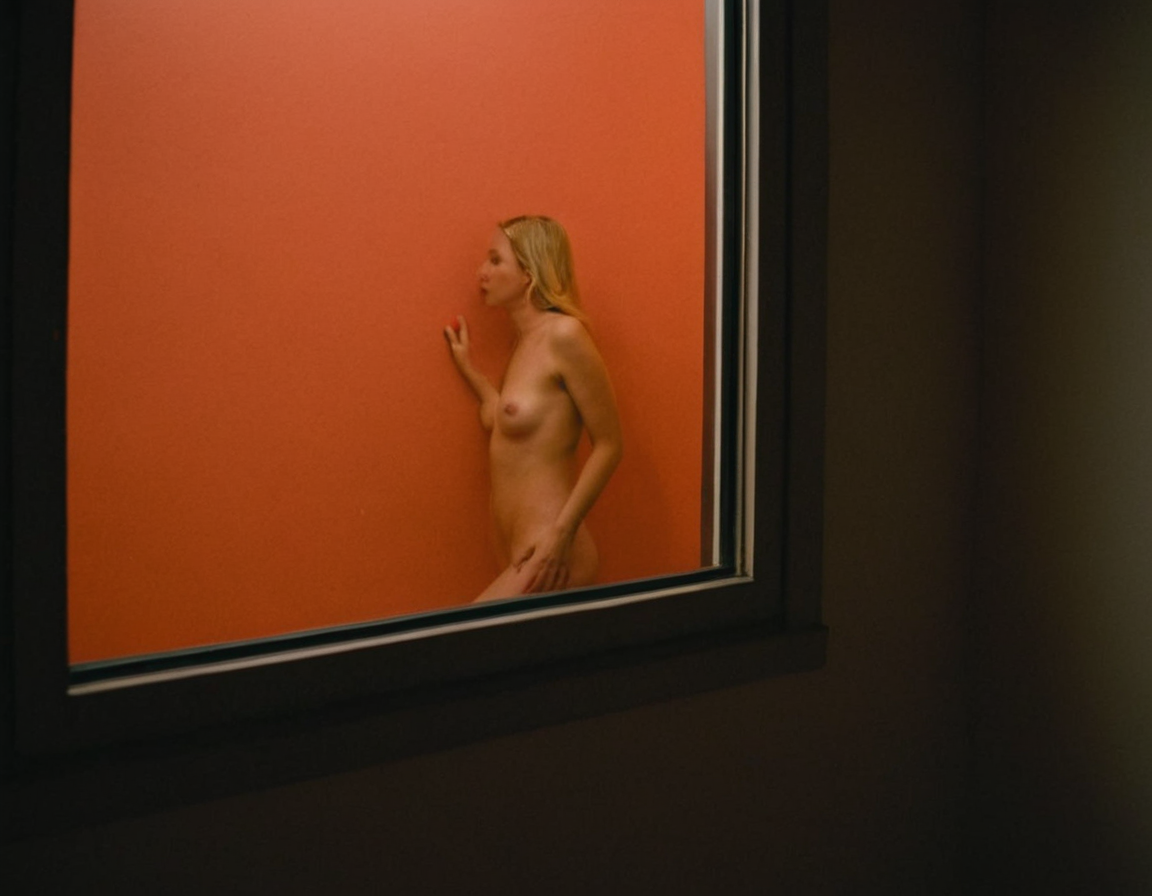Top Art Examples of Voyeurism in Media

The Dangers and Allure of Voyeuristic Art: Exploring the Boundaries of Observation
Voyeuristic art, a term that conjures images of clandestine observation and hidden gazes, has long been a staple of artistic expression. From the surreptitious glances of classical paintings to the modern-day installations that blur the lines between observer and observed, this medium continues to fascinate and unsettle audiences alike.
At its core, voyeuristic art challenges the viewer’s agency and invites them to participate in a delicate dance of power dynamics. By presenting the observer with a window into the private lives of others, these artworks create a sense of unease, forcing the viewer to confront their own complicity in the act of observation.
Historical Precedents: The Evolution of Voyeurism
From the engravings of Hogarth to the photography of Diane Arbus, artists have long been drawn to the voyeuristic impulse. These early examples not only reflect the societal anxieties of their time but also laid the groundwork for the complex power structures that underpin modern-day voyueristic art.
Influence of Technology
The advent of digital technology has significantly altered the landscape of voyueristic art. With the rise of social media and online platforms, artists are now able to tap into a global audience, creating a sense of intimacy with their subjects that was previously unimaginable.
However, this increased accessibility also raises important questions about consent and the exploitation of individuals for artistic gain.
Practical Examples: The Artistic Expression of Voyeurism
- The photographs of Bill Henson, which often feature young models in provocative poses, blur the lines between art and objectification.
- The installations of Ryan Gander, which employ hidden cameras to capture the actions of unsuspecting individuals, raise important questions about the role of the observer in these works.
Challenging Agency: The Impact on Viewers
These artworks not only challenge the viewer’s agency but also invite them to participate in a complex game of power and control. By presenting the viewer with a choice, these artists create a sense of complicity, forcing the audience to confront their own role in the act of observation.
Conclusion: Voyeuristic Art in the Digital Age
As we navigate the complexities of modern-day voyueristic art, it is essential that we engage with these works on their own terms, rather than imposing our own values and biases onto them. By doing so, we may uncover new insights into the human condition and the delicate dance of power dynamics that underpins this medium.
Can you imagine being in a situation where someone is watching you without your knowledge or consent? How would you feel?
Tags
voyeuristic-art observation-dynamics privacy-concerns power-play hidden-gazes
About Teresa Ramirez
Teresa Ramirez | Curator & Editor for voyeurpicture.com, where anonymous confessions meet seductive narratives. With a background in photography and a passion for exploring the intersection of desire and art, I bring a unique perspective to the platform's stories and images.
